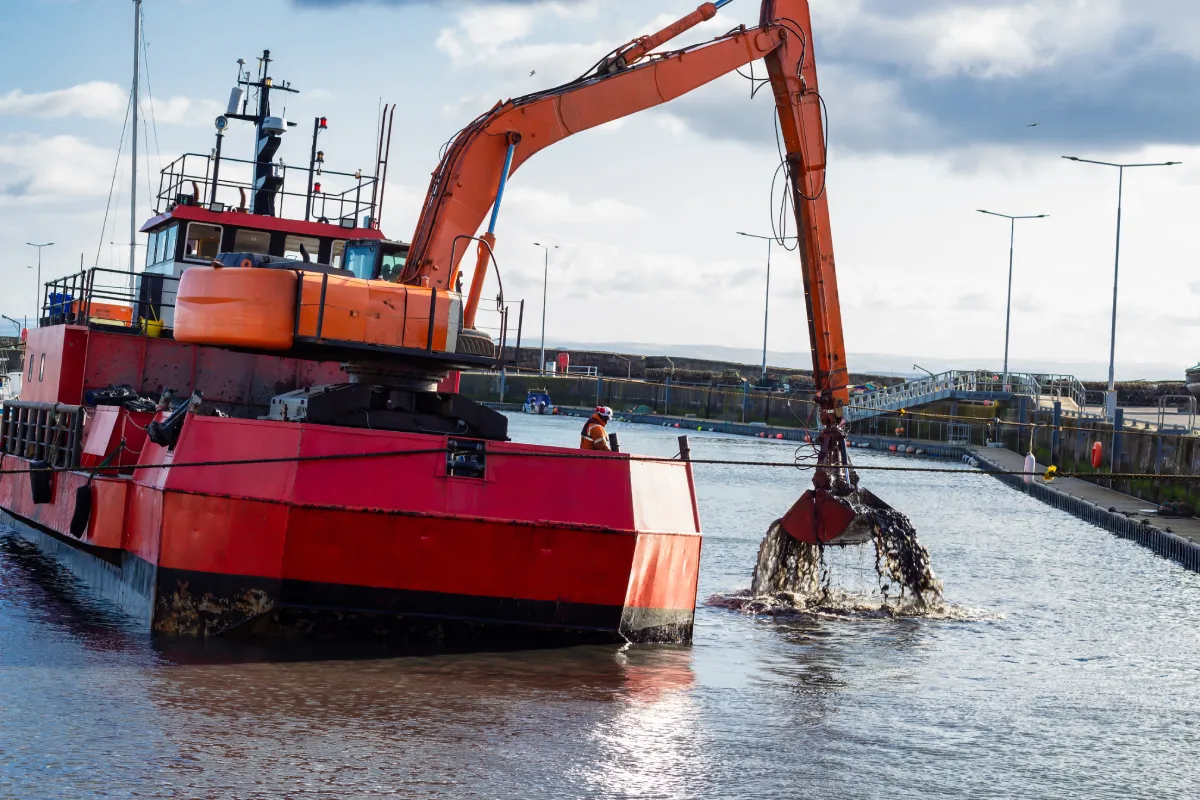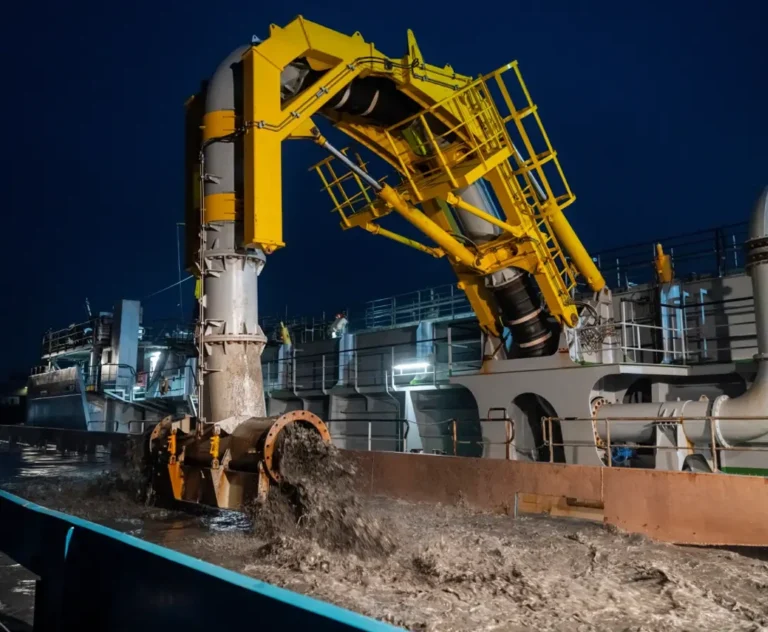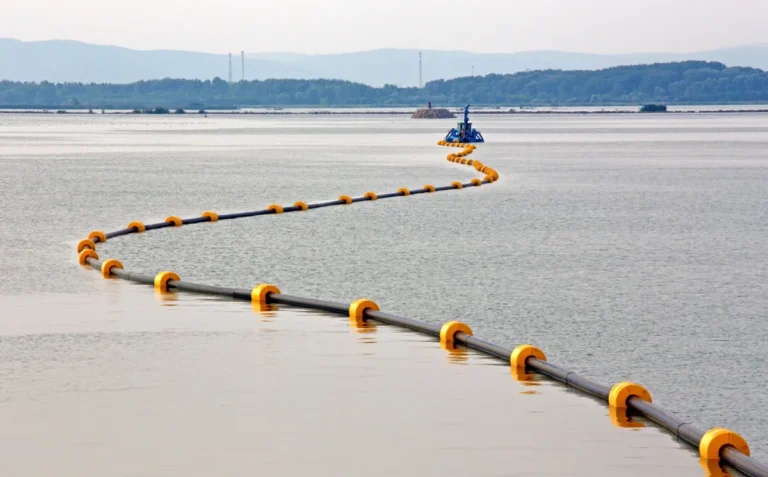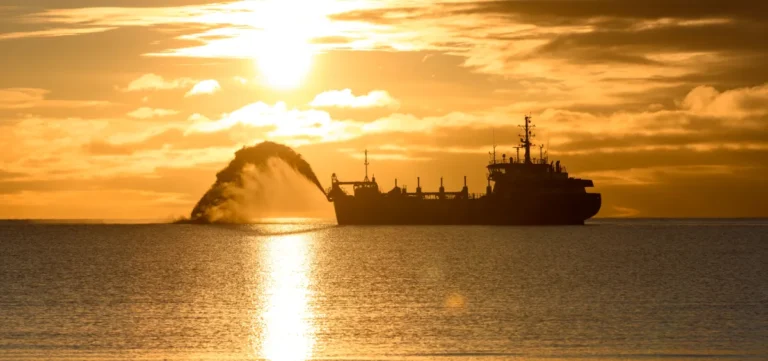Maintenance dredging is a critical yet often overlooked component of modern maritime infrastructure. Over time, natural processes like sedimentation, tidal flow, and river discharge cause silt, sand, and debris to accumulate in navigation channels, harbors, and coastal waterways. Without regular dredging, these areas become shallower, restricting vessel access, slowing maritime trade, and increasing flood risks. Beyond navigation, maintenance dredging supports a range of essential functions — from protecting shorelines and enabling beach reclamation to sustaining efficient water flow and ensuring the long-term reliability of ports and coastal infrastructure.
The Science Behind Maintenance Dredging
Maintenance dredging is not just a routine activity — it’s a direct response to the continuous and natural process of sediment movement that shapes waterways over time. Understanding how and why sediments accumulate is crucial to planning effective dredging operations and ensuring that ports, harbors, and coastal channels remain navigable, efficient, and safe.
Natural Sedimentation: The Continuous Battle Against Nature
Waterways are dynamic environments, constantly influenced by natural forces that transport and deposit sediment. Tides and currents carry fine particles from offshore zones into harbor basins and navigation channels. River discharge introduces silt, sand, and clay from upstream sources, while coastal drift and wave action redistribute seabed materials along shorelines. Over months or years, these processes gradually reduce channel depth, restrict vessel drafts, and compromise the operational efficiency of ports and terminals.
Even small changes in sediment patterns can have significant impacts on shipping operations, increasing grounding risks, slowing vessel movement, and leading to costly delays. This makes sediment monitoring and predictive modeling an essential part of any maintenance dredging program.
Frequency and Triggers for Maintenance Dredging
The need for maintenance dredging depends on how quickly sediments accumulate, which can vary widely based on geography, hydrodynamics, vessel traffic, and land-use patterns upstream. Some busy ports may require dredging multiple times a year, while others might operate on a biennial or multi-year cycle.
Common triggers that initiate a maintenance dredging campaign include:
- Depth surveys: Bathymetric measurements that detect loss of navigable depth.
- Shipping requirements: Draft limitations for larger vessels that demand deeper channels.
- Sediment load increases: Seasonal changes, storms, or construction activities upstream that accelerate siltation.
- Operational thresholds: Established depth margins for safe navigation, turning basins, and berthing areas.
By aligning dredging schedules with these triggers, operators can maintain depth proactively rather than reactively, reducing the risk of unexpected disruptions.
Maintenance Dredging vs. Capital Dredging: Key Differences
While both maintenance dredging and capital dredging involve sediment removal, they serve very different purposes. Capital dredging is typically a one-time, large-scale operation aimed at creating new navigation channels, deepening existing ones, or expanding harbor capacity to accommodate larger vessels. It’s often part of major infrastructure projects and involves removing substantial volumes of material that have never been dredged before.
Maintenance dredging, on the other hand, is a recurring process aimed at maintaining previously achieved depths. It deals with routine sediment buildup rather than reshaping the seabed. The scale is smaller, the frequency is higher, and the emphasis is on sustaining day-to-day port operations rather than enabling new developments.
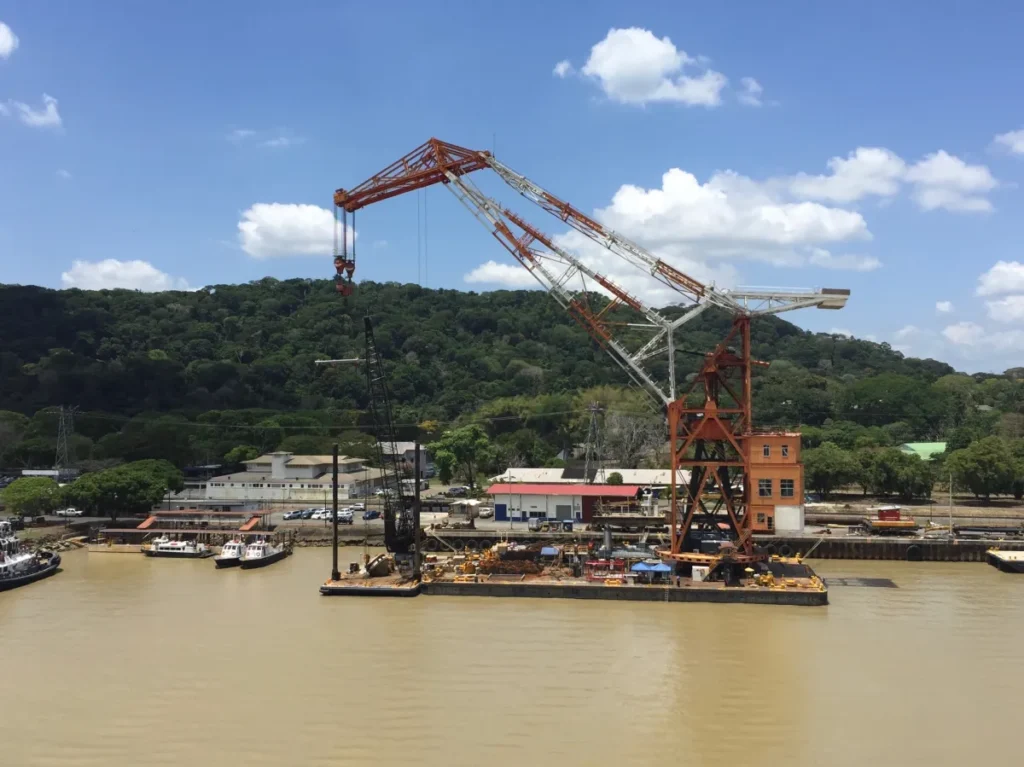
Core Objectives and Benefits
At its core, maintenance dredging is about safeguarding the functionality, safety, and efficiency of critical water infrastructure. As ports, harbors, and coastal waterways continue to evolve under the pressures of trade, climate, and sedimentation, routine dredging ensures that these systems operate without interruption — supporting global logistics, local economies, and coastal resilience.
Maintaining Navigable Depth for Commercial and Naval Vessels
One of the primary purposes of maintenance dredging is to maintain the required depth in navigation channels, turning basins, and berthing areas. Over time, sediment accumulation can reduce draft clearance, making it difficult — or even impossible — for large vessels to enter ports or maneuver safely. Regular dredging removes this buildup, maintaining clear, deep channels that accommodate modern cargo ships, container vessels, and naval fleets. This not only ensures uninterrupted maritime traffic but also allows ports to attract and serve larger vessels, boosting competitiveness in global trade.
Preventing Flooding and Improving Water Flow Efficiency
Beyond navigation, maintenance dredging plays a critical role in hydrological management. Excessive sedimentation can restrict water flow in rivers, estuaries, and drainage channels, thereby increasing the risk of upstream flooding and reducing the effectiveness of stormwater systems. By restoring original channel profiles and improving flow capacity, dredging helps mitigate flood risks, protects infrastructure, and enhances water conveyance during high-discharge events. This is particularly vital in regions prone to seasonal rainfall, storm surges, or climate-driven sea-level rise.
Supporting Port Expansion and Reliable Cargo Throughput
For commercial ports, operational efficiency is measured not only by vessel access but also by how consistently cargo moves in and out of the port. Maintenance dredging directly contributes to this reliability by preventing depth-related delays, scheduling conflicts, and costly downtime. It also complements long-term infrastructure upgrades — such as berth extensions, quay wall deepening, and terminal expansions — by ensuring that the surrounding waterways remain aligned with new capacity demands. This continuous optimization enables ports to sustain high cargo volumes, support trade growth, and mitigate supply chain disruptions.
Enhancing Shoreline Stability and Enabling Beach Reclamation Projects
The benefits of maintenance dredging extend beyond navigation and commerce to include coastal protection and environmental restoration. Dredged material, when properly characterized and managed, can be repurposed for beach reclamation and shoreline reinforcement projects. This not only replenishes eroded beaches but also strengthens natural barriers against storm surges and coastal erosion. In many regions, the beneficial reuse of dredged sediments has become a cornerstone of integrated coastal management, simultaneously maintaining waterway depth while contributing to ecological resilience and community protection.
Maintenance Dredging Techniques: Choosing the Right Method for the Job
No two dredging projects are the same — sediment composition, site conditions, environmental constraints, and project objectives can vary significantly from one location to another. That’s why selecting the right maintenance dredging technique is crucial for ensuring efficiency, cost-effectiveness, and regulatory compliance. From high-capacity hydraulic systems to targeted mechanical removal, each method has its strengths and ideal use cases.
Hydraulic Dredging: Continuous Sediment Removal for Harbors and Channels
Hydraulic dredging is one of the most widely used methods for maintenance dredging, especially in large harbors, navigation channels, and river mouths where fine sediments accumulate continuously. This technique uses a suction pipeline or cutterhead to mix sediment with water, creating a slurry that’s pumped to a designated disposal site or reclamation area.
The primary advantage of hydraulic dredging is its continuous operation, which enables the rapid removal of large volumes of material with minimal disruption to port activities. It’s particularly effective for maintenance scenarios where fine silt and clay build up steadily, and where maintaining navigable depth is a constant requirement.
Mechanical Dredging: Precision Removal in Confined or Compact Areas
When sediments are coarse, compacted, or located in tight spaces — such as near quay walls, berths, and dock basins — mechanical dredging is often the preferred approach. This technique uses excavators, clamshell buckets, or backhoes mounted on barges to physically scoop and lift material from the seabed.
Mechanical dredging offers greater precision and control, making it ideal for localized maintenance tasks or areas with heavy sedimentation that hydraulic systems might struggle to dislodge. While typically slower and more labor-intensive, it’s highly effective for targeted dredging around critical infrastructure where accuracy is essential.
Agitation Dredging: Harnessing Natural Forces for Sediment Relocation
Agitation dredging is a cost-effective solution for environments where natural currents and tidal movements can assist in dispersing sediments once they’re resuspended. Instead of removing material entirely, this method involves stirring up the seabed using a propeller wash or specialized equipment, allowing currents to carry the sediments to deeper areas where they won’t affect navigation.
Although not suitable for all sites — particularly those with strict water quality or turbidity regulations — agitation dredging is an efficient option for tidal regions and areas where sediment volumes are low but frequent maintenance is required.
Water Injection Dredging: Low-Impact Solution for Fine Sediment and Shallow Waters
For shallow harbors, access channels, and environmentally sensitive zones, water injection dredging offers a gentle yet effective approach. This technique involves injecting low-pressure water jets into the seabed to fluidize fine sediments, which then flow along the natural seabed gradient to deeper areas.
Water injection dredging minimizes disturbance to marine habitats and reduces turbidity compared to mechanical alternatives. It’s also highly efficient for maintaining design depths in shallow or ecologically sensitive areas without extensive excavation or transport.
Choosing the Right Technique: Key Selection Criteria
The success of a maintenance dredging project depends on selecting a method that aligns with the site’s unique conditions and goals. Key factors influencing this decision include:
- Material Type: Fine silts and clays are suitable for hydraulic or water injection dredging, while coarse or compacted materials are better handled mechanically.
- Sediment Volume: High-volume projects benefit from continuous hydraulic systems, whereas small-scale or localized work may favor mechanical dredging.
- Depth and Accessibility: Shallow or restricted environments often require low-impact solutions, such as water injection or backhoe dredging.
- Environmental Sensitivity: Areas with strict turbidity or habitat protection requirements may limit the use of agitation dredging or necessitate specialized containment measures.
- Project Goals: Whether the aim is rapid clearance, precision removal, minimal ecological impact, or cost reduction, the chosen method must align with long-term waterway management strategies.
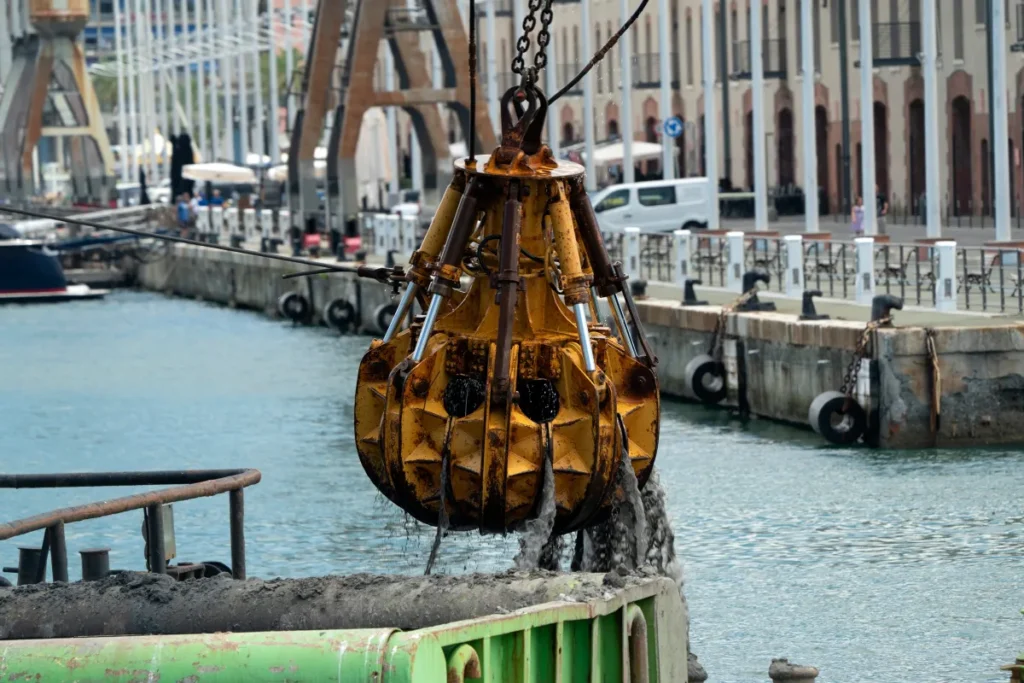
Equipment Used in Maintenance Dredging
The effectiveness of a maintenance dredging program is closely tied to the capabilities of the equipment deployed. Different dredging environments — ranging from deep coastal channels to confined dock basins — require specialized tools that strike a balance between efficiency, precision, and environmental responsibility. Today’s dredging fleets are also evolving rapidly, with the integration of automation, data monitoring, and intelligent control systems transforming how sediment is managed. Below are the most commonly used equipment types and their key applications in maintenance dredging operations.
Trailing Suction Hopper Dredgers (TSHD): High-Mobility Solutions for Harbor Dredging
Trailing Suction Hopper Dredgers are among the most versatile tools for maintenance dredging, particularly in harbors, estuaries, and coastal shipping channels where continuous sediment accumulation is common. These self-propelled vessels use long suction pipes equipped with dragheads to collect seabed material while underway. The dredged slurry is stored in an onboard hopper and later discharged at designated disposal sites or used for beneficial projects such as beach reclamation.
TSHDs are especially valued for their mobility and capacity — they can cover extensive areas quickly without interrupting port traffic and are well-suited for projects that require frequent, large-scale sediment removal. Their ability to operate independently without auxiliary support also makes them cost-effective for recurring maintenance dredging campaigns.
Cutter Suction Dredgers (CSD): Precision Removal of Dense or Compact Sediment
When dealing with consolidated or compacted seabed materials that are resistant to suction, Cutter Suction Dredgers are the go-to choice. These stationary dredgers utilize a rotating cutterhead to loosen dense materials, then pump the sediment-water mixture through a discharge pipeline to a disposal or reclamation site.
CSDs excel in applications where precision and power are critical — such as deepening berths, clearing approach channels, or maintaining design depth in areas with heavy sedimentation. They also enable controlled dredging operations with high accuracy, thereby reducing the risk of over-dredging and minimizing environmental impact.
Backhoe & Grab Dredgers: Controlled Removal in Confined or Complex Areas
In ports, terminals, and industrial facilities where access is limited and maneuverability is essential, backhoe and grab dredgers provide a highly targeted approach. Mounted on barges or pontoons, these dredgers use mechanical arms or clamshell buckets to excavate sediment and load it into barges for transport.
Their strength lies in precise, localized dredging, particularly around quay walls, piers, and dock entrances where larger equipment might struggle. Backhoe and grab dredgers are often deployed for spot maintenance, emergency clearance, and final trim dredging where millimeter-level accuracy is required.
Specialized Pumps & Booster Stations: Extending Reach and Improving Efficiency
For maintenance dredging projects involving long discharge distances or extensive pumping requirements, specialized slurry pumps and booster stations are essential. These systems increase pipeline pressure and maintain consistent flow over large distances, enabling dredged material to be transported to remote disposal sites or reclamation zones without loss of efficiency.
Advanced pump designs also improve wear resistance and solids handling capacity, making them suitable for high-sediment environments and continuous-duty operations. Their integration into dredging systems significantly enhances project productivity while reducing downtime.
Smart Technologies: Monitoring, Automation, and Real-Time Control
Data and automation increasingly drive modern maintenance dredging. Vessels and equipment are now equipped with advanced sensors, GPS-based positioning, and dredge monitoring software that track depth, sediment volume, and cutterhead performance in real time. Automated control systems optimize dredging parameters in real-time — adjusting suction rates, swing speeds, and cutterhead power to maximize efficiency and accuracy.
These technologies not only improve operational outcomes but also support regulatory compliance and environmental stewardship by ensuring precise dredging limits, minimizing turbidity, and documenting dredging activities for reporting and analysis.
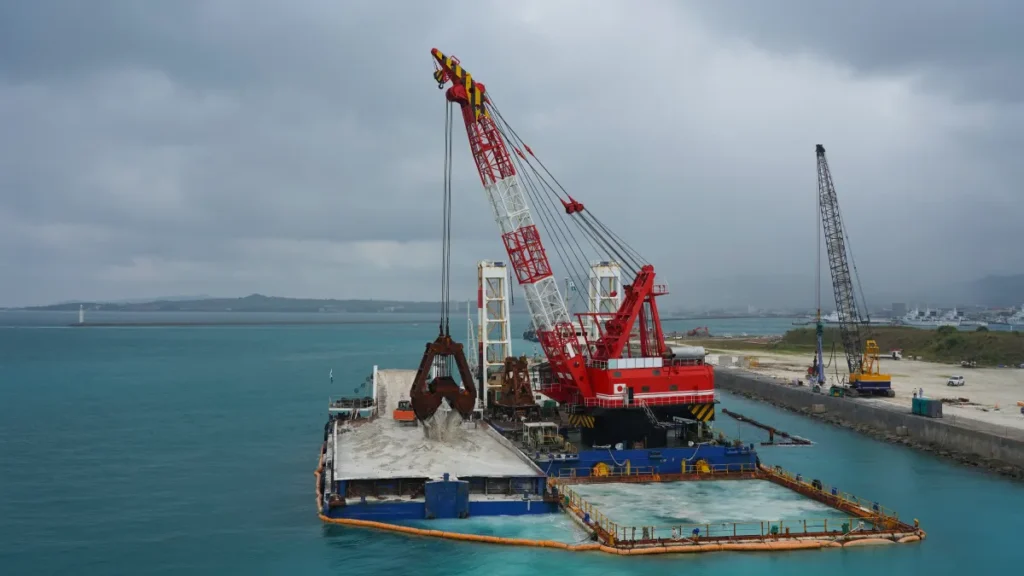
Sediment Handling, Disposal, and Reuse Strategies
Once sediment is dredged from harbors, rivers, or coastal channels, managing it responsibly becomes one of the most important aspects of a maintenance dredging project. Sediment handling is not simply about getting rid of unwanted material — it’s a complex process that involves careful planning, environmental compliance, and often, opportunities for beneficial reuse. The choice of disposal or reuse strategy depends on several factors, including sediment type, contamination levels, project location, and long-term coastal management objectives.
Onshore Disposal: Secure Containment and Controlled Management
Onshore disposal is a widely used approach for handling dredged materials, especially when sediment contains contaminants or needs to be isolated from the aquatic environment. The dredged material is transported — often via pipeline or barge — to designated upland containment sites, such as dredged material placement facilities (DMPFs) or confined disposal facilities (CDFs).
These engineered sites are designed to prevent leaching, erosion, and contamination of nearby soil or groundwater. In some cases, drying and dewatering processes are used to reduce volume and make the material easier to handle. Onshore disposal is particularly valuable when regulatory requirements prohibit open-water placement or when there’s potential for future reuse of the sediment in construction, landscaping, or industrial applications.
Confined Aquatic Disposal: Safe Subaqueous Storage
For materials that are unsuitable for open-water disposal but can be contained in aquatic environments, confined aquatic disposal (CAD) offers an effective solution. In this approach, dredged material is placed into engineered underwater pits or natural depressions and then capped with clean sediment to isolate it from the surrounding environment.
CAD sites are carefully monitored and engineered to prevent the release of contaminants and are often used in ports or waterways where onshore space is limited. This method strikes a balance between environmental protection and operational practicality, making it a preferred strategy for addressing contaminated or sensitive sediments that cannot be reused.
Open-Water Placement: Efficient Disposal for Clean Sediment
If sediment quality meets strict environmental standards, open-water placement is often the most cost-effective and efficient method of disposal. Dredged material is transported offshore and released into approved ocean disposal sites or deeper sections of the waterway where it poses no navigational or ecological risks.
Regulatory agencies rigorously evaluate and permit these sites, ensuring that placement does not harm marine ecosystems or water quality. Open-water disposal is especially common for clean, fine-grained sediments generated by routine maintenance dredging in navigational channels and estuaries.
Beneficial Reuse: Turning Dredged Material into a Resource
Increasingly, dredged material is seen not as waste but as a valuable resource that can support environmental and infrastructure goals. When sediments meet quality and consistency requirements, they can be repurposed for a range of beneficial uses, including:
- Beach Reclamation: Replenishing eroded coastlines with dredged sand helps restore natural defenses, protect coastal communities, and support tourism.
- Habitat Restoration: Dredged material can be utilized to restore wetlands, marshes, and nesting habitats, thereby supporting biodiversity and enhancing ecosystem resilience.
- Construction Fill and Land Development: Coarse or consolidated material can serve as fill for industrial projects, levee construction, or land reclamation.
Beneficial reuse not only reduces disposal costs but also contributes to sustainable resource management and climate adaptation strategies.
Environmental Compliance and Sediment Quality Testing
Before any disposal or reuse decision is made, sediment characterization is essential. Comprehensive testing for contaminants, grain size, organic content, and chemical composition ensures that dredged material is handled in a way that meets local, national, and international environmental regulations. Permitting agencies often require detailed environmental impact assessments (EIAs), site monitoring, and ongoing documentation throughout the dredging project.
These protocols are critical for preventing ecological harm, maintaining water quality, and ensuring that beneficial reuse projects deliver positive outcomes without unintended consequences.
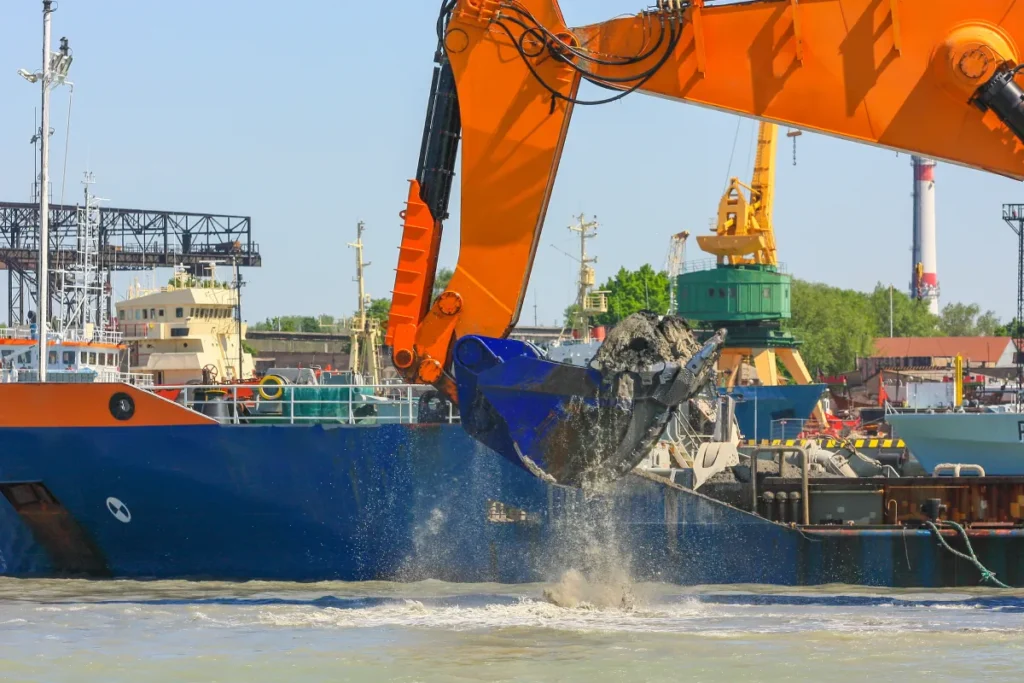
Environmental and Regulatory Considerations
Maintenance dredging is essential for keeping waterways navigable and ensuring that infrastructure remains functional — but it must also be carried out with a strong commitment to environmental protection and regulatory compliance. Because dredging directly interacts with aquatic ecosystems, sediment layers, and coastal processes, even small-scale operations can have significant environmental implications if not properly managed. Balancing operational goals with ecological responsibility is therefore a central pillar of any successful dredging strategy.
Managing Turbidity, Water Quality, and Ecological Impacts
One of the most immediate environmental concerns during maintenance dredging is turbidity — the cloudiness caused by the suspension of fine sediments in the water column. Elevated turbidity can reduce light penetration, disrupt photosynthesis in aquatic plants, and smother sensitive habitats such as coral reefs, shellfish beds, or seagrass meadows. To minimize these impacts, contractors often use silt curtains, turbidity barriers, or controlled dredging techniques that reduce sediment resuspension.
Beyond turbidity, water quality must be carefully monitored for potential releases of nutrients, heavy metals, or organic contaminants that may be trapped in the dredged material. Real-time monitoring systems and adaptive dredging practices — such as adjusting dredge rates or halting operations during critical ecological periods — are crucial for maintaining compliance with water quality standards.
Ecological impacts also extend to aquatic life. Dredging activities can disturb spawning grounds, displace benthic organisms, or alter sediment composition. Pre-dredge environmental assessments and habitat mapping help identify sensitive areas, allowing operators to plan dredging windows and mitigation strategies that protect biodiversity.
Navigating Local, National, and International Dredging Regulations
Maintenance dredging projects are subject to a complex web of environmental regulations that vary by jurisdiction and project scope. At the local and national level, permits typically govern everything from sediment testing and disposal methods to turbidity thresholds and timing restrictions. Agencies such as the U.S. Army Corps of Engineers, Environment Agency (UK), or equivalent regional authorities oversee compliance, often requiring detailed environmental impact assessments (EIAs) before work can proceed.
For projects in coastal or transboundary waters, international conventions like the London Convention and the OSPAR Agreement regulate the disposal of dredged material at sea. These frameworks ensure that dredging activities are carried out responsibly and consistently across jurisdictions, with a focus on preventing marine pollution and protecting biodiversity.
Adhering to these regulations is not merely a legal obligation — it’s also a critical component of risk management. Non-compliance can lead to costly project delays, legal penalties, or reputational damage, while proactive engagement with regulatory bodies often accelerates approvals and builds trust with stakeholders.
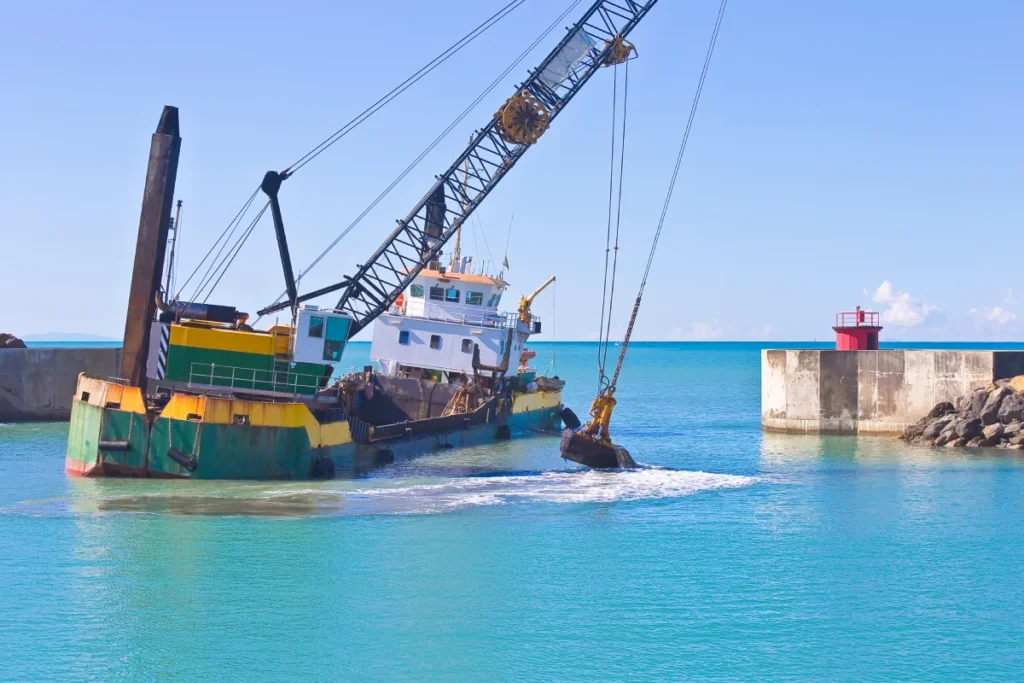
Best Practices for Stakeholder Engagement and Permitting
Effective stakeholder engagement is another key aspect of environmentally responsible dredging. Because dredging projects often intersect with public interests, including fisheries, tourism, coastal property, and conservation, early and transparent communication is essential. Sharing project goals, environmental safeguards, and expected outcomes with local communities, industry partners, and regulatory agencies helps build support and reduce opposition.
During the permitting phase, best practices include initiating consultation well before the application process, incorporating stakeholder feedback into project design, and maintaining open channels of communication throughout the project lifecycle. Public hearings, information sessions, and environmental monitoring reports are valuable tools for demonstrating accountability and fostering collaborative relationships.
Proactive permitting and stakeholder engagement not only streamline approvals but also create opportunities to align dredging activities with broader environmental and social objectives — from habitat enhancement and coastal resilience to sustainable port development.
Final Thoughts: Maintaining Depth, Efficiency, and Coastal Balance
As global shipping demands grow and coastal conditions evolve, maintenance dredging remains indispensable for safe navigation, resilient infrastructure, and sustainable waterfront development. It’s not just about removing sediment — it’s about preserving economic activity, protecting ecosystems, and preparing waterways for the future. At Lone Star Dredging, we bring decades of expertise to every project, combining advanced dredging technologies with proven best practices to deliver safe, efficient, and environmentally responsible solutions. If you’re planning a dredging project or seeking long-term channel maintenance support, contact us to learn how we can help keep your waterways navigable and your operations running smoothly.

